Understanding directions Worksheets for Ages 4-8
14 filtered results
-
From - To
Unlock your child's potential with our "Understanding Directions Worksheets" designed for ages 4-8! These engaging and interactive worksheets help young learners develop essential skills in following instructions, spatial awareness, and critical thinking. With colorful illustrations and age-appropriate activities, children will enjoy mastering concepts such as left/right, up/down, and sequencing. Perfect for classroom and at-home learning, these worksheets promote cognitive development and build confidence as kids practice their comprehension and listening abilities. Equip your child with the tools they need to navigate their environment and enhance their learning experience. Explore our collection and watch them thrive as they grasp the fundamentals of understanding directions!


Going up or Down? Worksheet


Amusement Park Word Problems Worksheet
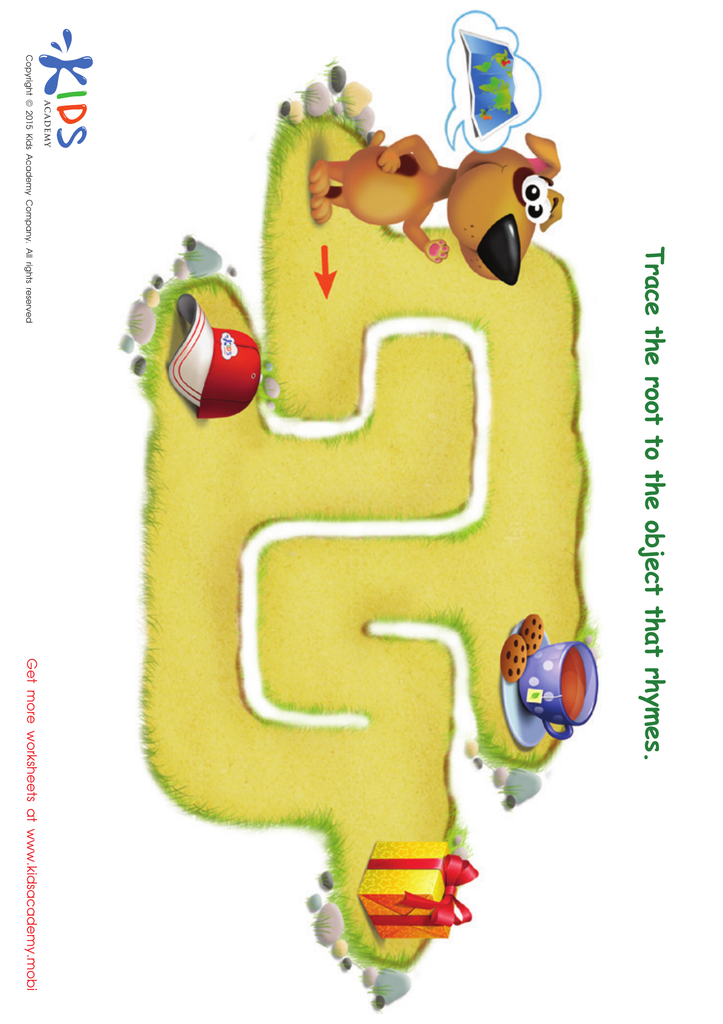

Map Rhyming Words Worksheet
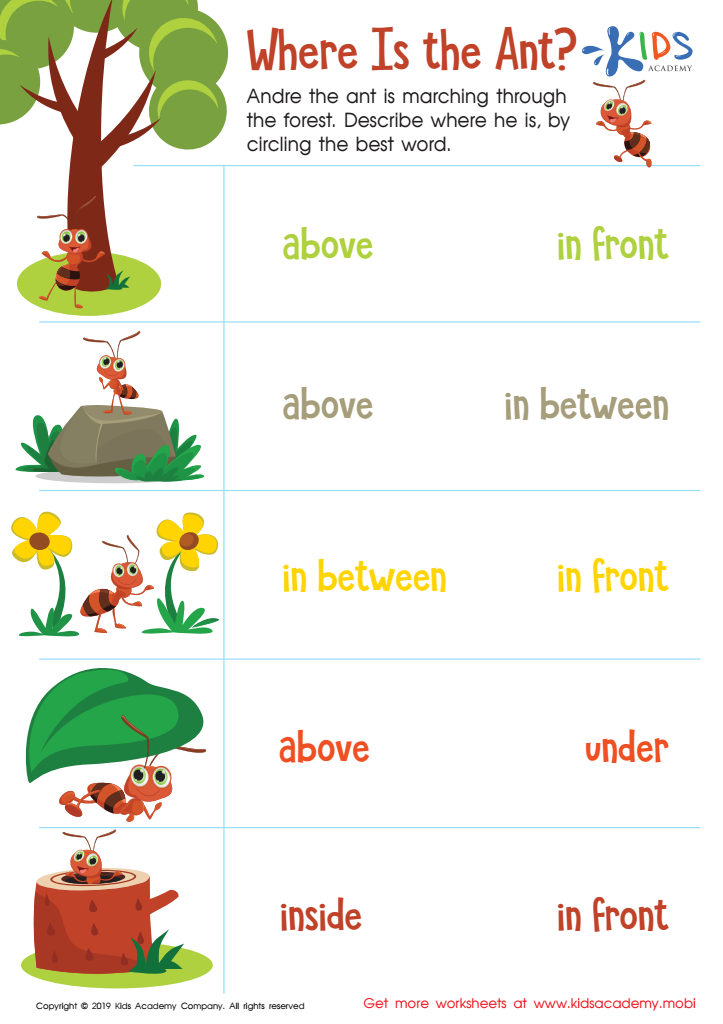

Where Is the Ant? Worksheet
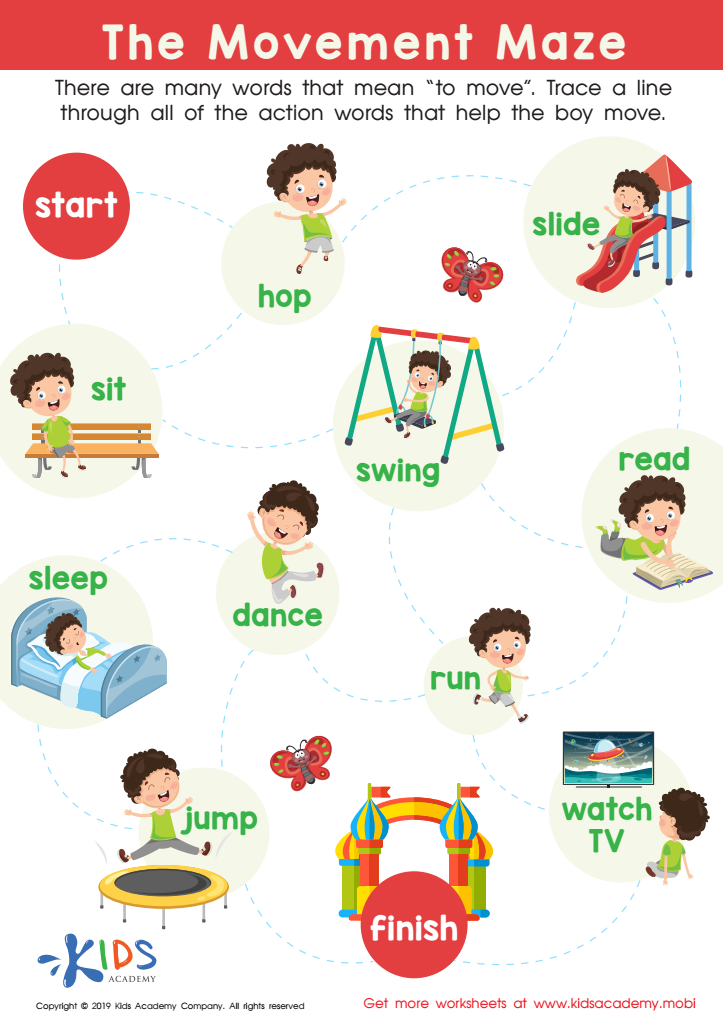

The Movement Maze Worksheet
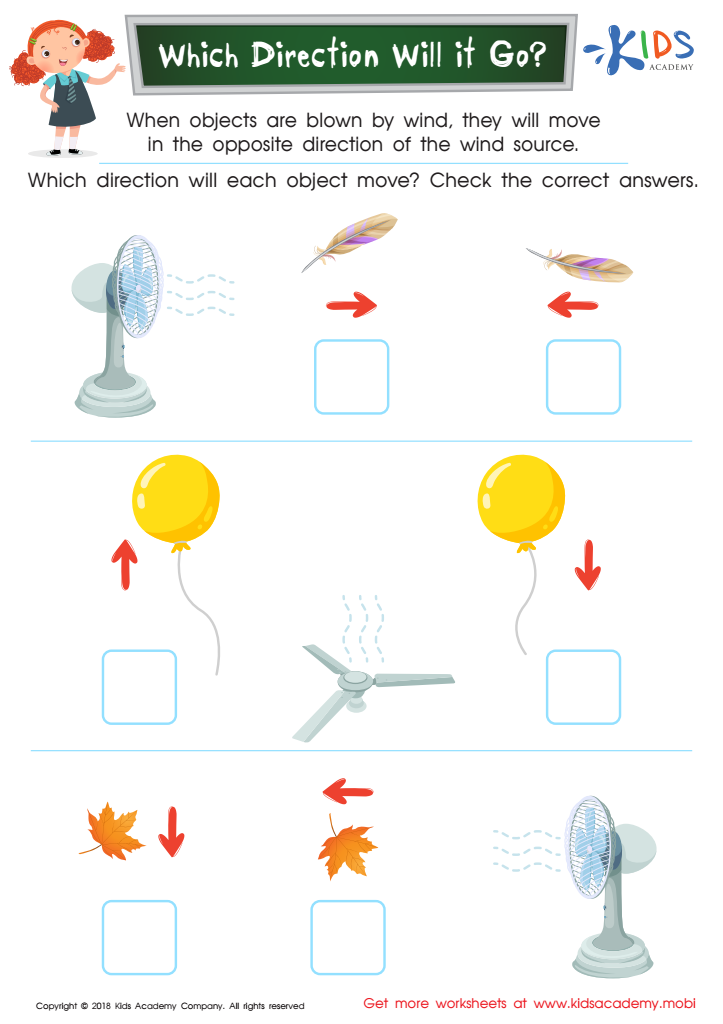

Which Direction Will it Go? Worksheet
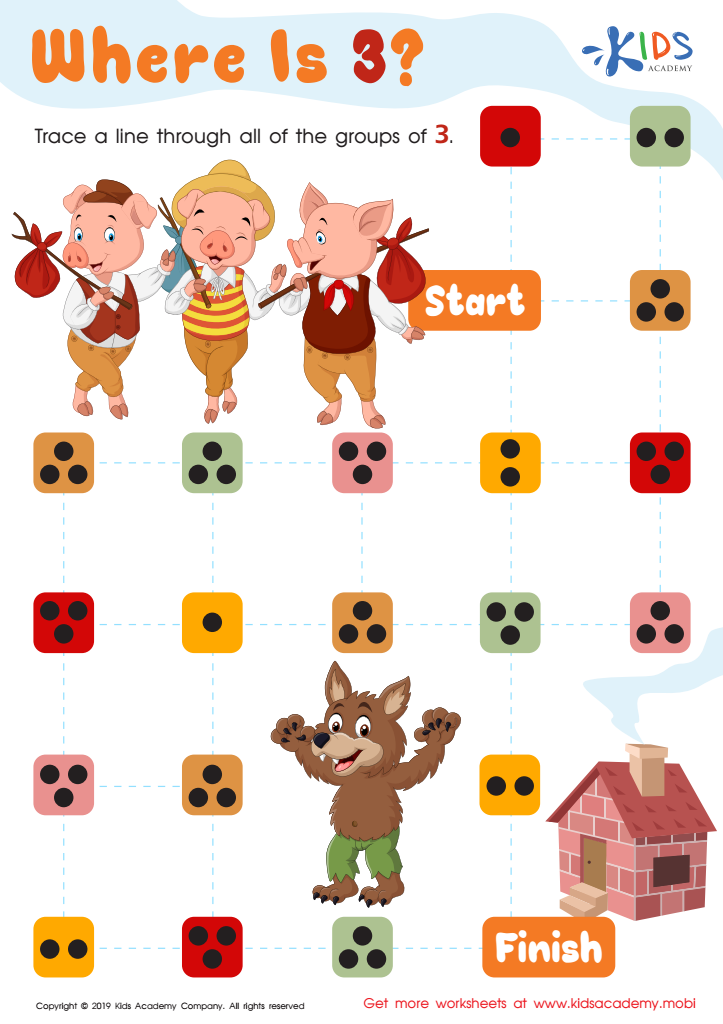

Where Is 3? Worksheet
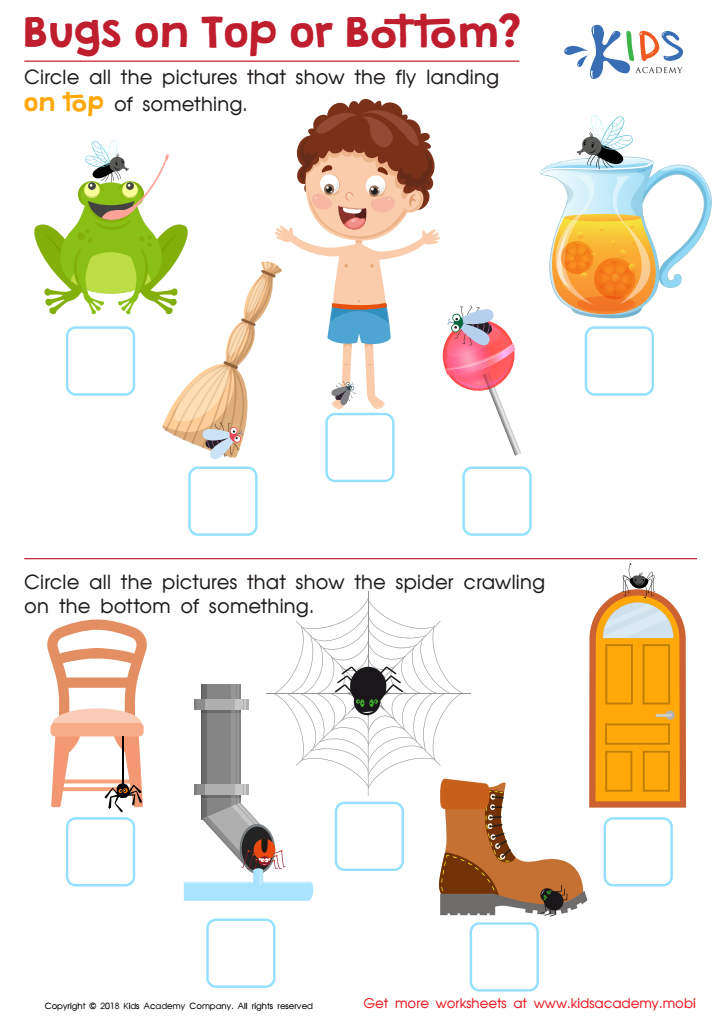

Bugs on Top or Bottom? Worksheet
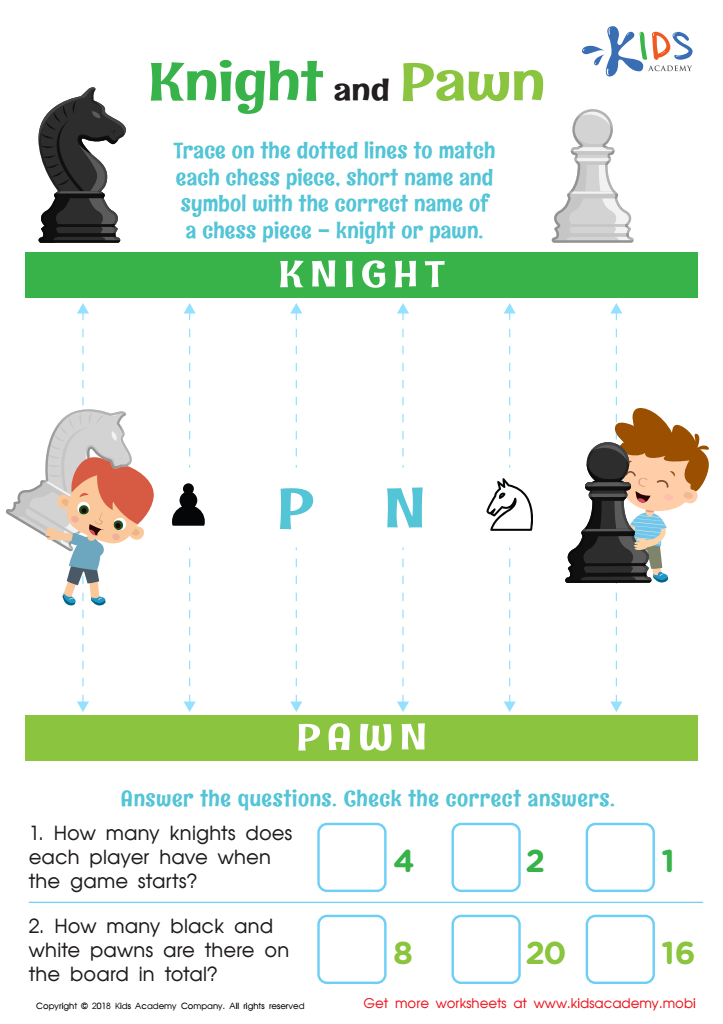

Knight and Pawn Worksheet
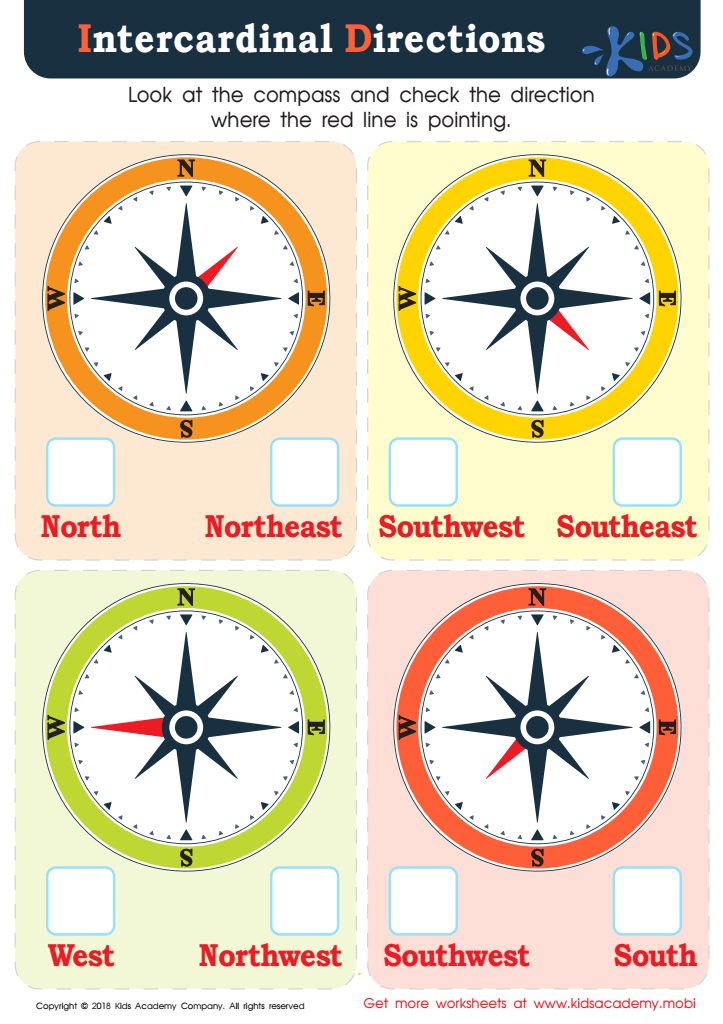

Intercardinal Directions Worksheet
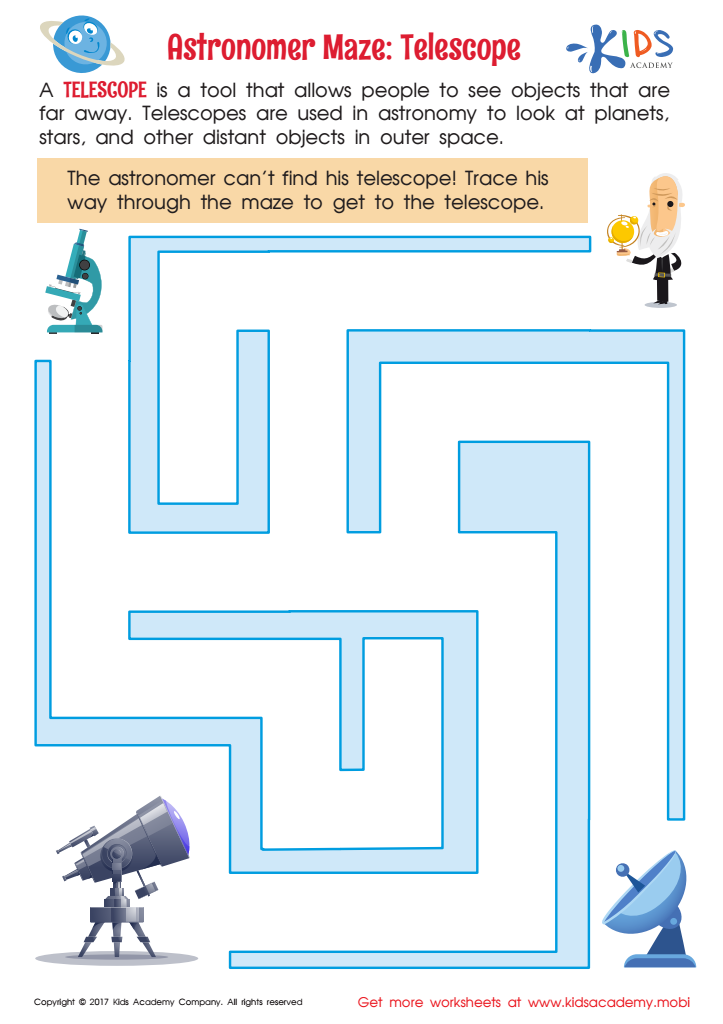

Astronomer Maze: Telescope Worksheet
Understanding directions is crucial for children aged 4 to 8, as it forms the foundation for their cognitive and social development. At this age, children are increasingly exposed to structured environments, like school, where following directions ensures their safety and enhances their learning experiences. Mastering this skill helps them navigate daily tasks, grasp new concepts, and engage with peers more effectively.
For teachers, fostering an ability to understand and follow directions is key to promoting independence and critical thinking skills. Children who can comprehend instructions are better equipped to participate in classroom activities, ultimately leading to improved academic performance. Teachers can create a more efficient learning environment when students are adept at following guidelines, reducing chaos and enhancing instructional effectiveness.
Parents, too, play a vital role in this developmental area. By modeling effective listening and communication skills at home, parents reinforce the importance of understanding directions. This, in turn, boosts children’s confidence and social interactions. Overall, prioritizing the understanding of directions fosters a smoother transition into formal education, promoting essential life skills such as responsibility and problem-solving. Ensuring that children master this competency enhances their ability to thrive both academically and socially in their formative years.
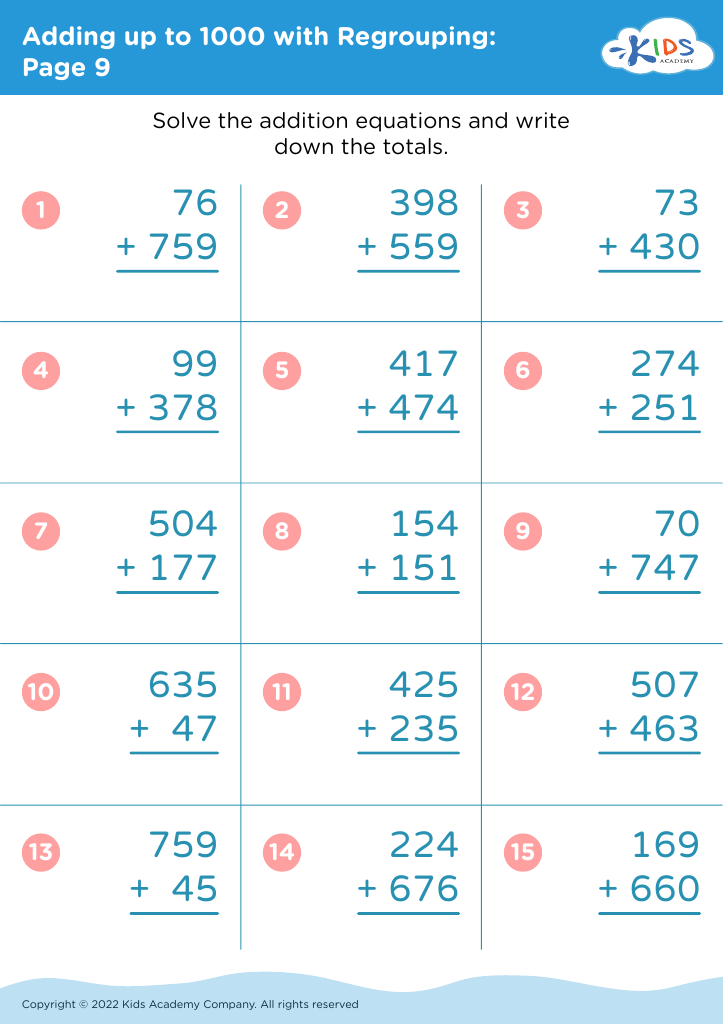
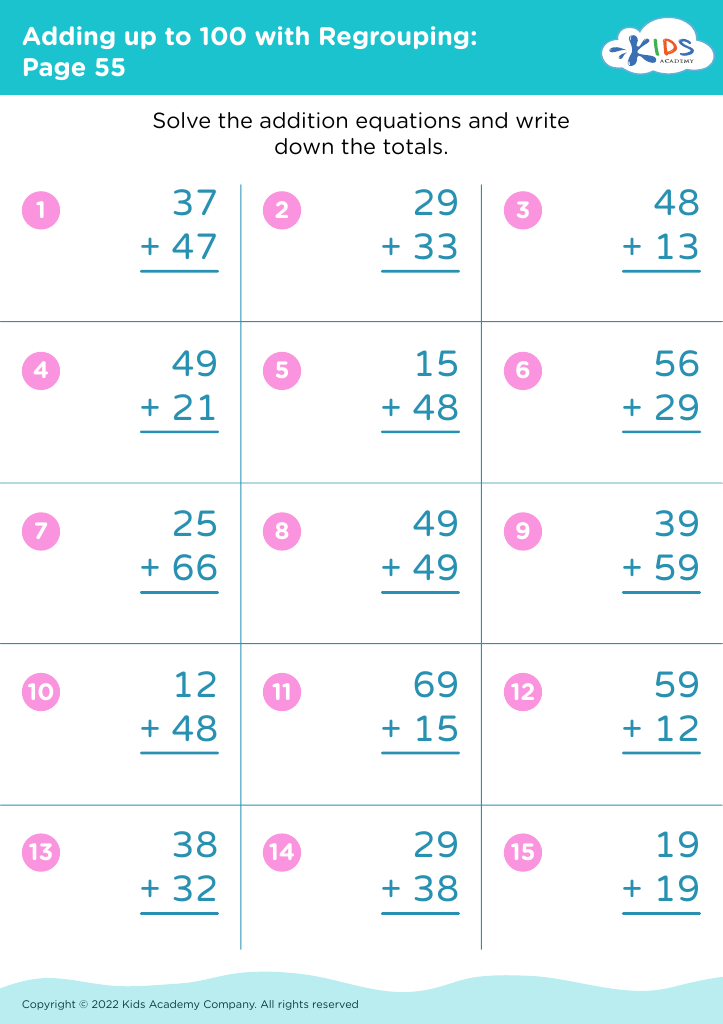
 Assign to My Students
Assign to My Students
















